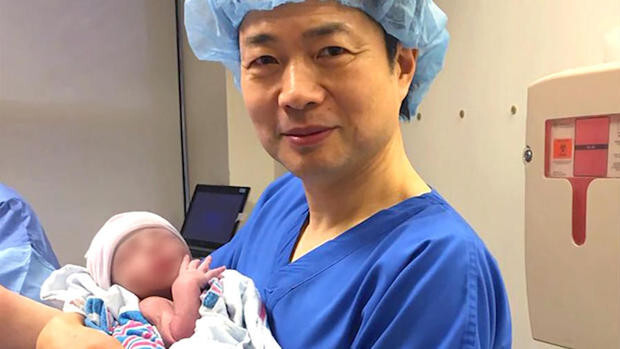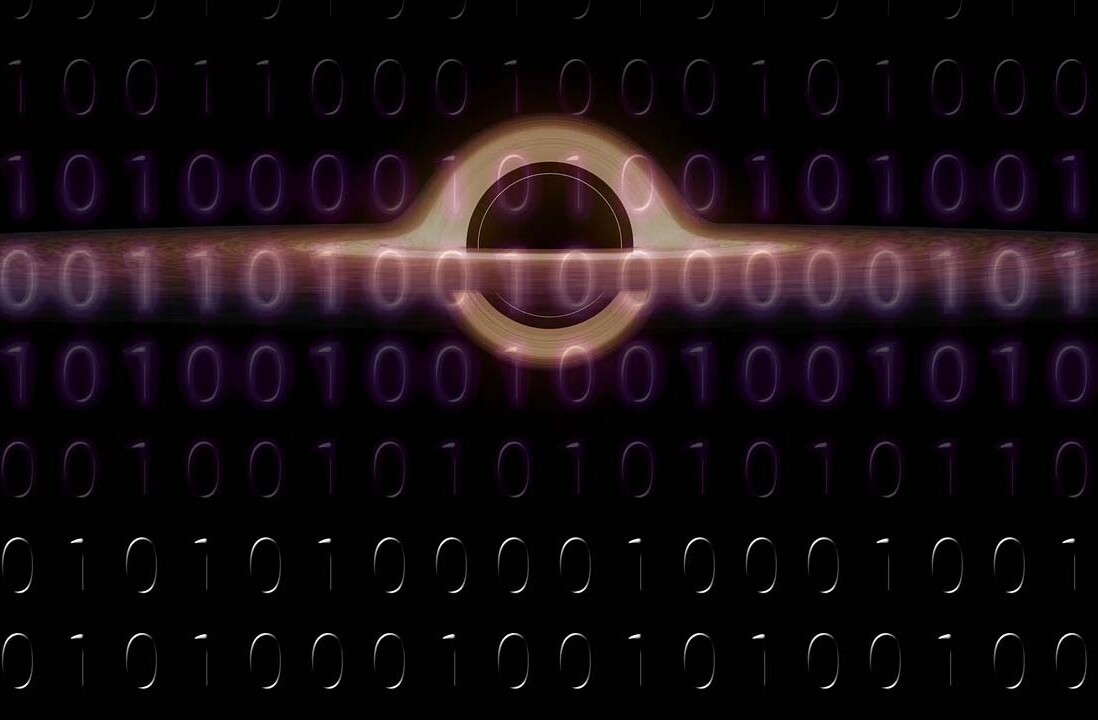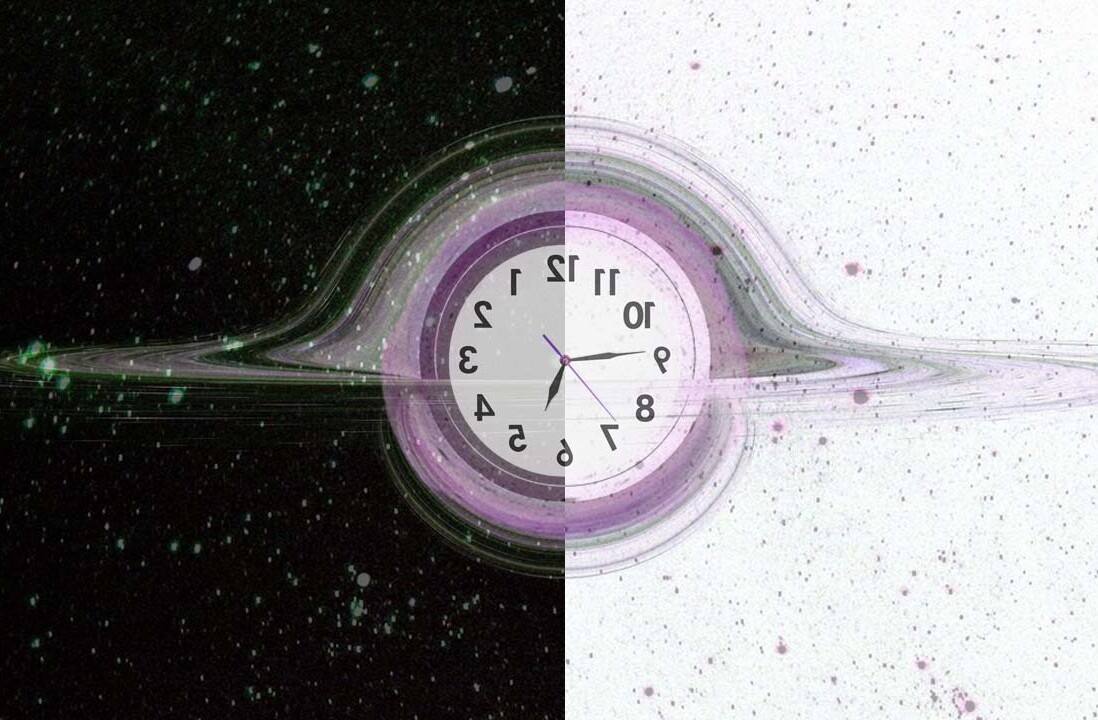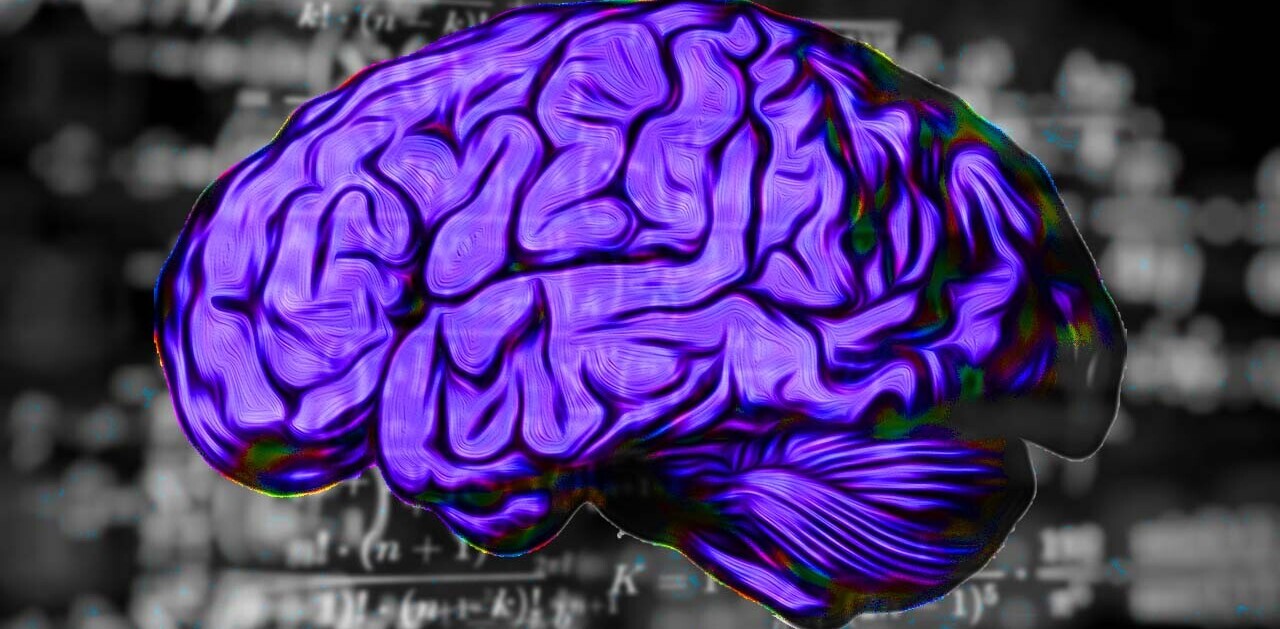
After two children died of a rare disease and a total of four miscarriages, a woman gave birth to a baby boy in what experts are calling a ‘revolutionary’ medical event.
The boy, now six-months-old, was conceived using a controversial fertility treatment meant to help people conceive who carry genes for rare diseases. The disease, in this case, is Leigh syndrome, a rare neurological disorder that’s generally fatal. The mother is a carrier for the rare disease, and although she’s healthy, her DNA holds a gene that is later passed on to her children.
Leigh syndrome typically progresses quickly and leads to general fatigue and weakness, a lack of muscle tone, and a buildup of lactic acid in the body that causes kidney and respiratory problems. Children with the disease rarely live more than six or seven years. Her two deceased children died at age six and eight months, respectively.
The couple sought the assistance of Dr. John Zhang, a reproductive endocrinologist at New Hope Fertility Center in New York City. Zhang opted to try a procedure that received widespread media attention last year after UK lawmakers were the first to approve its use. It’s not approved in the US, which led to Zhang and his team performing the controversial procedure in Mexico, where there are no laws prohibiting it.

Called spindle nuclear transfer, the procedure involves removing a healthy nucleus from a mother’s egg and transferring it to a donor egg with the nucleus removed. The product of which results in nuclear DNA from the mother and mitochondrial DNA from a donor. It’s then fertilized with the father’s sperm, thus providing DNA from three separate parents: the mother, egg donor and father.
Scientists created five embryos containing this genetic material, of which one developed normally. It was then implanted into the mother.
“This is the very first time at least in human reproduction that the offspring are produced with three parties – one sperm and different parts of two eggs,” Zhang told CBS. “So this is very revolutionary.”
The baby has not shown any signs of the disease. Doctors say that less than once percent of his cells contain the mutation, a number believed too low to develop into the disease.
Get the TNW newsletter
Get the most important tech news in your inbox each week.





